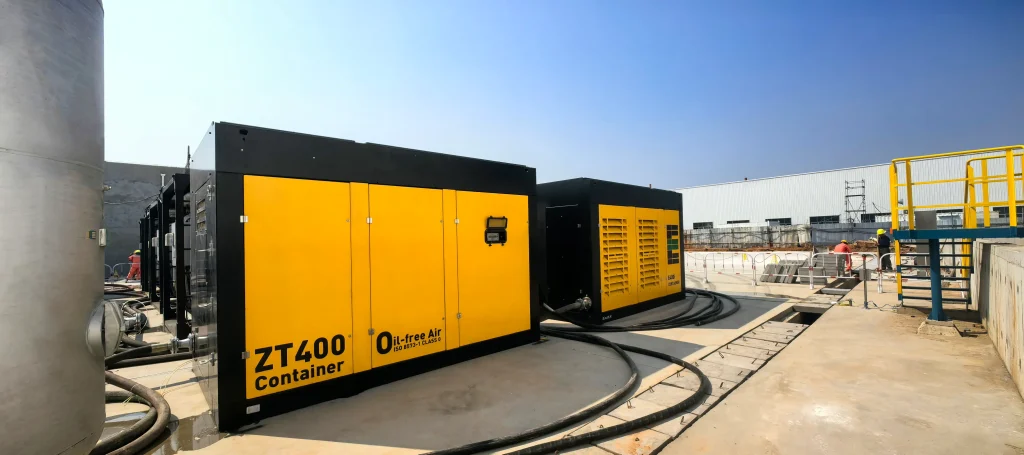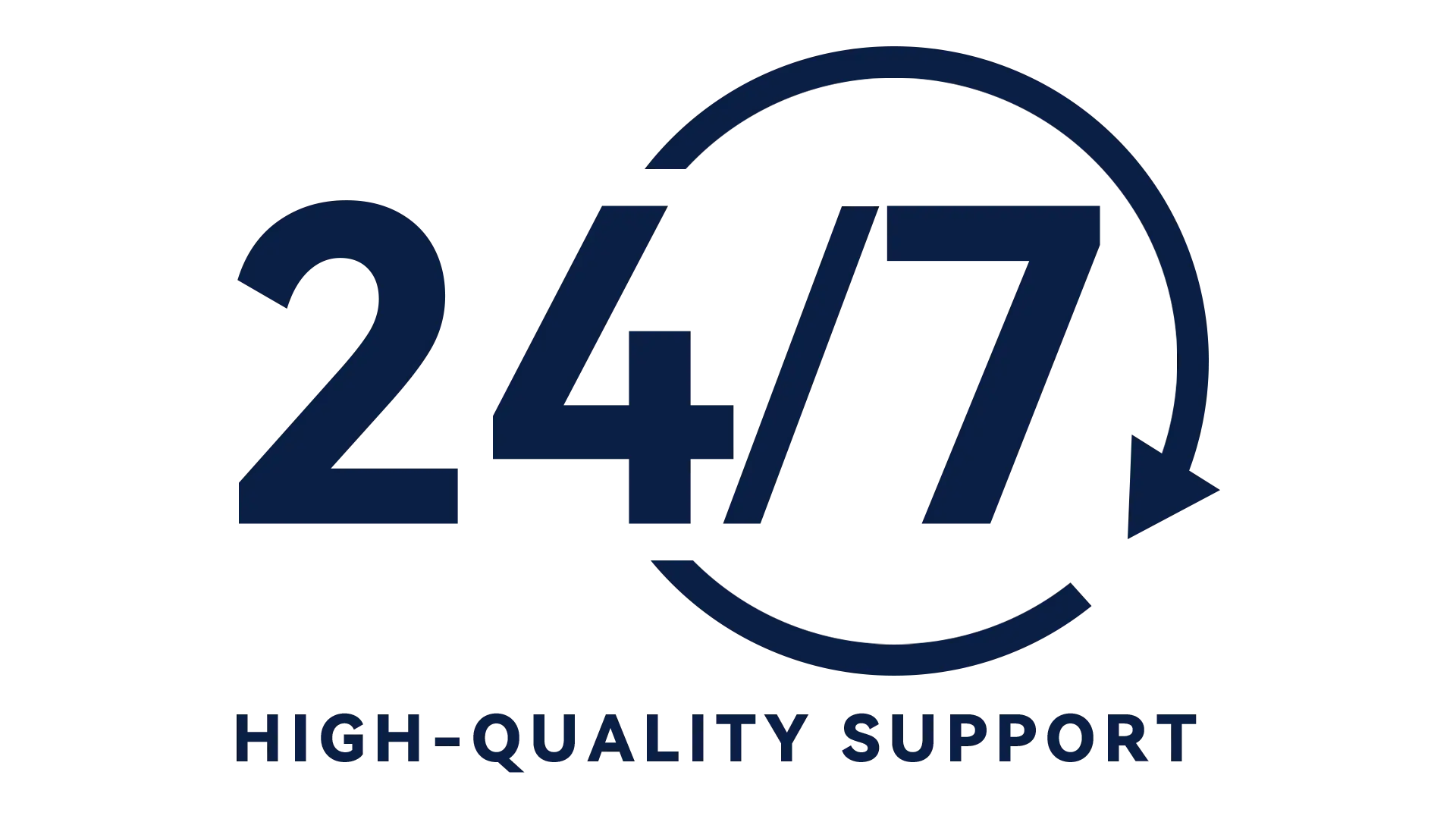According to the Compressed Air and Gas Institute, poorly maintained compressed air systems result in over $3.2 billion in excess utility costs and efficiency losses annually. Maintaining air quality in your compressed air system saves both time and money—but before installing filters or aftercoolers, it’s crucial to understand the specific needs of your compressor system.
Common Challenges in Compressed Air Systems
Compressed air systems are frequently impacted by solid particles, moisture buildup, and lubrication contamination, all of which reduce system performance and increase the risk of failure.
Particle Contamination
Dust and airborne solids are usually invisible to the naked eye but can significantly damage compressed air systems. While human eyes detect particles around 40 microns and larger, harmful particles can be as small as 3 microns—or even 0.1 micron. Work environments like woodworking shops often generate fine dust that poses a major threat to air quality. Particles not only damage equipment but also increase lubricant usage, leading to higher costs and over-lubrication.
Moisture Accumulation
Compressed air cools after exiting the compressor, causing condensation. This moisture can corrode pipes, reduce efficiency, and ultimately cause failure, even without visible rust.
Improper Lubrication
Some systems require precise lubrication to function correctly. Too much or too little lubrication—or using low-quality oil—can cause malfunctions. In industries like food processing and chemical manufacturing, oil contamination is a serious concern.
One Contaminated Compressor Affects the Whole System
Regardless of type or performance tier, all compressors are vulnerable to particle, moisture, and oil contamination. A single compromised unit can degrade the air quality of the entire system if not properly maintained.
Determining Required Air Quality
Before selecting filtration or drying equipment, identify the actual air purity level your system requires to avoid unnecessary costs or inefficiencies.
Four-Class System (DOE)
- Plant Air – For general industrial tools and equipment.
- Instrument Air – For lab work, environmental control, painting, etc.
- Process Air – For food, pharmaceuticals, electronics.
- Breathing Air – For respirators, scuba tanks, medical systems (highest purity).
ISO Air Quality Standards
ISO classes rank from 0 (highest) downward based on solid, liquid, and vapor contaminants. These standards help match the right filters to your needs.
Equipment Considerations
Filters
Filters vary by design and application. A dust filter rated for particles only won’t address oil or vapor contaminants—choose according to your system’s challenges.
Aftercoolers
Aftercoolers remove moisture by cooling air before it reaches endpoints. Two types:
• Air-cooled – Basic, using ambient airflow.
• Water-cooled – Higher efficiency where water is available. Some compressors come with built-in aftercoolers.
Dryers
Unlike aftercoolers, dryers lower the dew point to prevent condensation. Because dryers are a major investment, verify if your system truly requires one and choose the right capacity.
A Clean System Is a High-Quality System
Regular maintenance ensures your compressor system runs smoothly and efficiently. At FOOENS, we emphasize understanding your system’s specific requirements and selecting the right solutions—so you can operate a clean, cost-effective, and reliable compressed air system.


